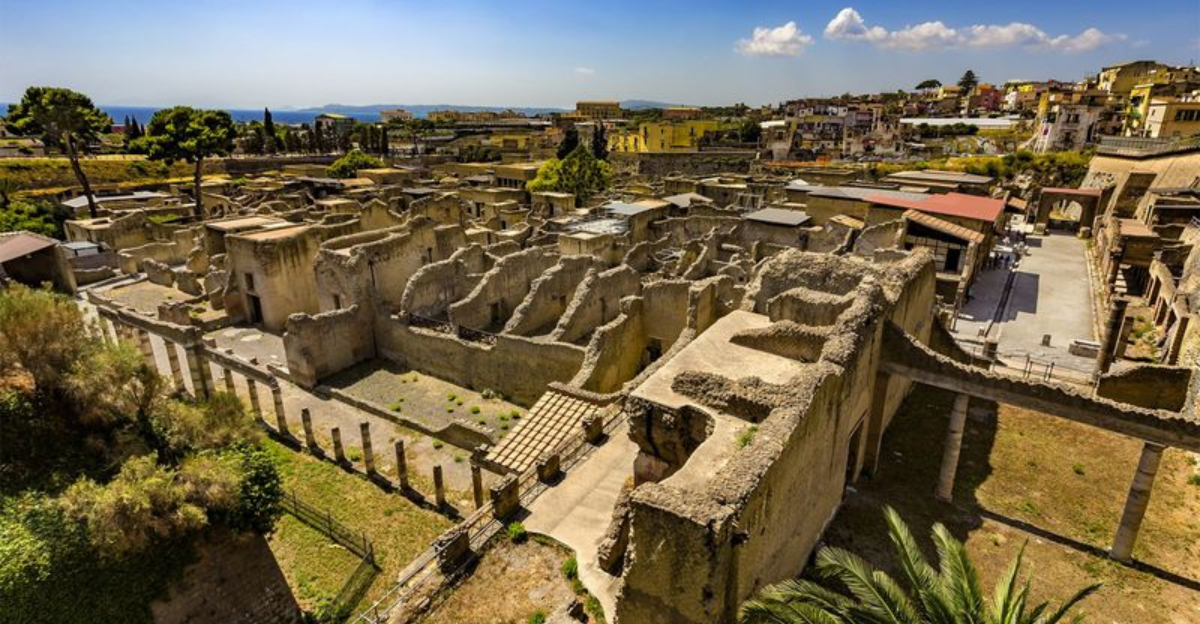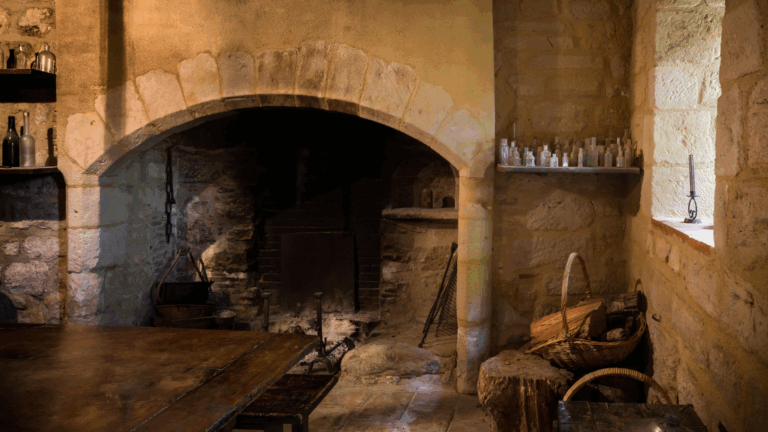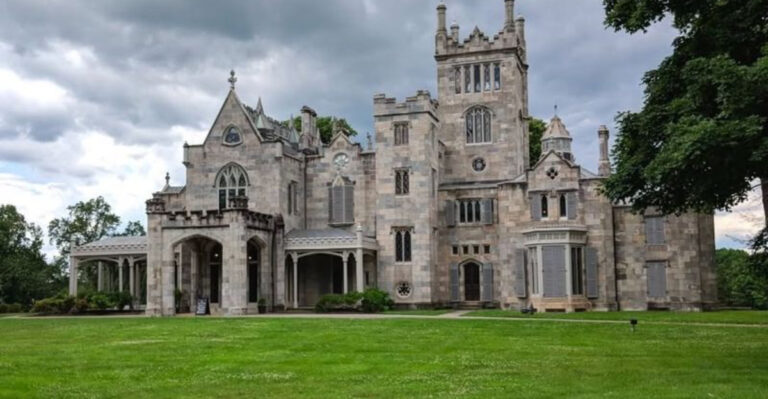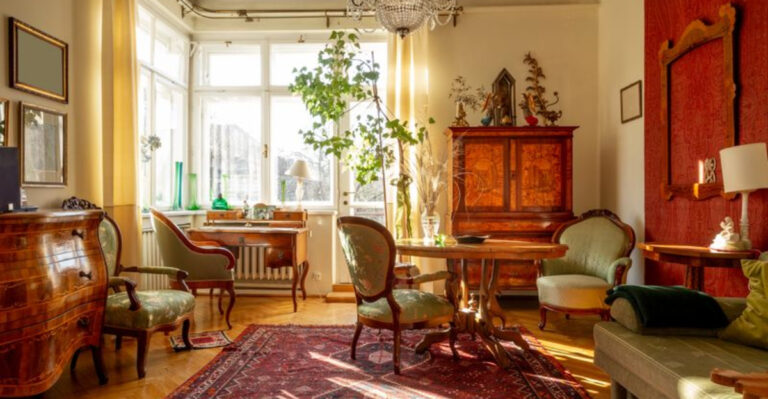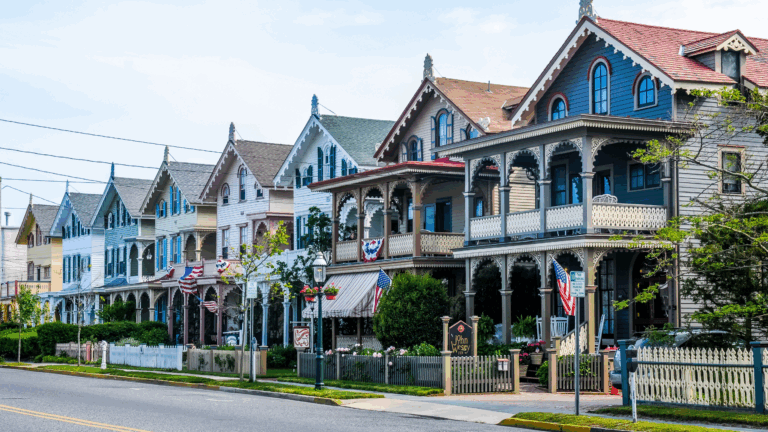17 Majestic Ancestral Homes Forever Lost to Time
Throughout history, grand homes served as emblems of prestige, artistry, and lineage. But time, war, and neglect have erased many from existence.
This piece uncovers 17 ancestral estates lost to history—each echoing tales of legacy, luxury, and the fragility of permanence.
1. The Villa de Vecchi (Italy)
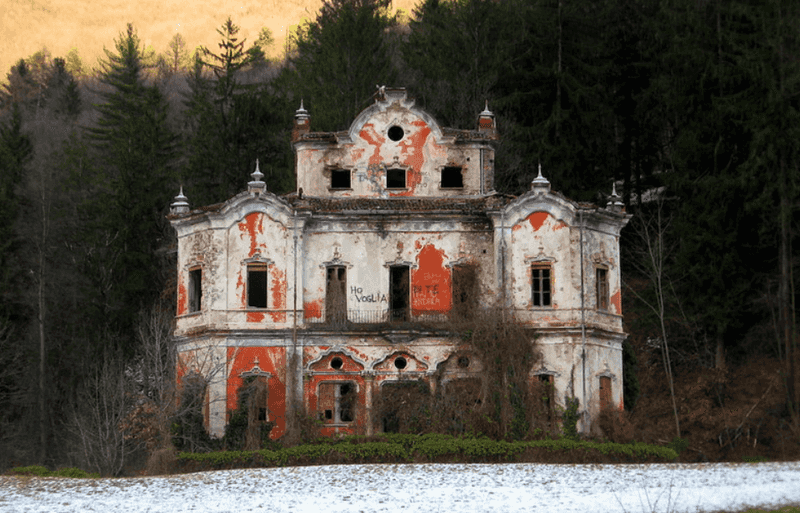
In northern Italy, nestled amidst alpine beauty, stands the eerie remnants of Villa de Vecchi. Once a luxurious retreat for aristocrats, its haunting beauty now whispers tales of opulence.
Abandoned, it sinks into ruin, with vines reclaiming its walls. Legend has it, the villa holds secrets of past tragedies, adding to its ghostly allure. Today, its dilapidated state belies the grandeur it once boasted.
2. The Pruitt-Igoe Housing Complex (USA)

Once hailed as a modern architectural marvel in St. Louis, Pruitt-Igoe stood as a beacon of post-war optimism. However, systemic failures led to its rapid decline.
By the 1970s, it became a symbol of urban decay and was demolished. The complex’s fall highlighted the flaws in mid-century urban planning and left lessons for future developments. Its story echoes the complexities of societal progress.
3. Marlborough House (England)
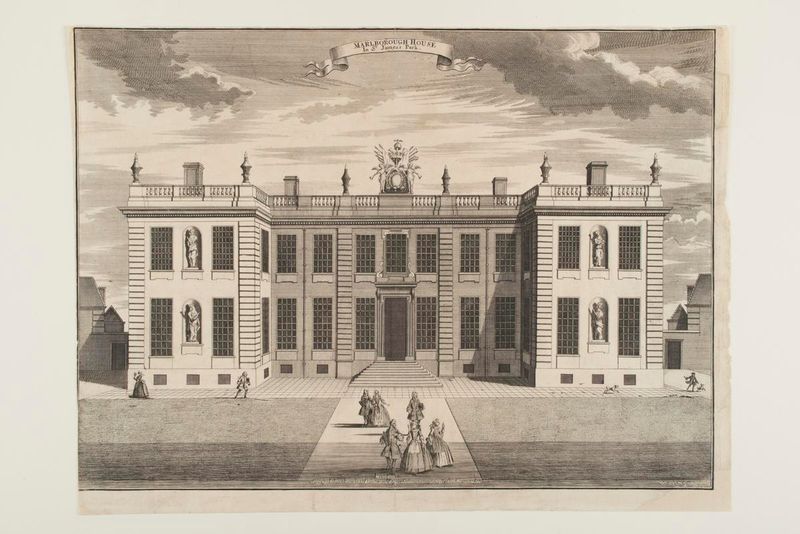
Marlborough House, a symbol of Georgian elegance, graced the heart of London. Home to royalty and influential figures, it epitomized architectural splendor.
However, the 19th century brought change, and new developments claimed its space. Despite its demolition, Marlborough House’s legacy endures, captured in sketches and stories. Its absence marks a poignant loss, reminding us of the transient nature of grandeur.
4. The Chateau de la Couronne (France)
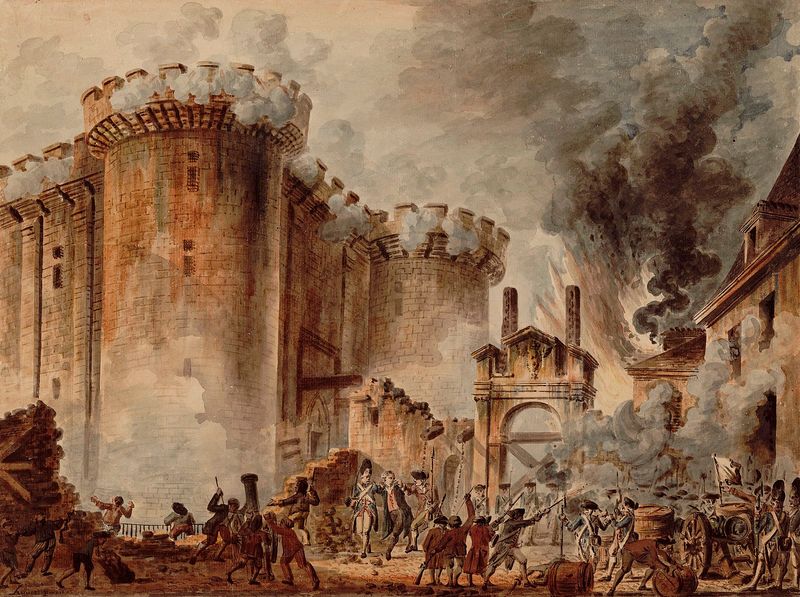
Near Paris, the Chateau de la Couronne once dazzled with its majestic gardens and grand ballrooms. A symbol of noble elegance, it faced destruction during the French Revolution. Today, little remains of its architectural splendor, lost to history’s tumult.
Yet, its legacy persists in sketches and writings, offering glimpses of a time when opulence ruled. Its story remains etched in cultural memory.
5. Herculaneum (Italy)
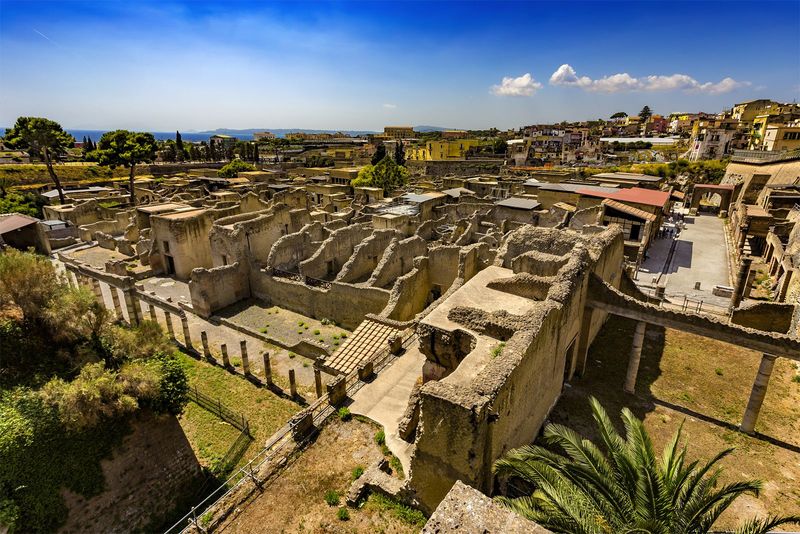
Overshadowed by Pompeii, Herculaneum lies in volcanic slumber beneath Vesuvius’s ash. This Roman city, once vibrant, offers preserved glimpses of ancient life. Though much of its ruins remain, the city itself is lost to time.
Frescoes and mosaics whisper tales of Roman culture, painting vivid pictures of daily life. Herculaneum’s silent streets are both a historical treasure and a poignant reminder of nature’s fury.
6. The Sultan’s Palace (Istanbul, Turkey)
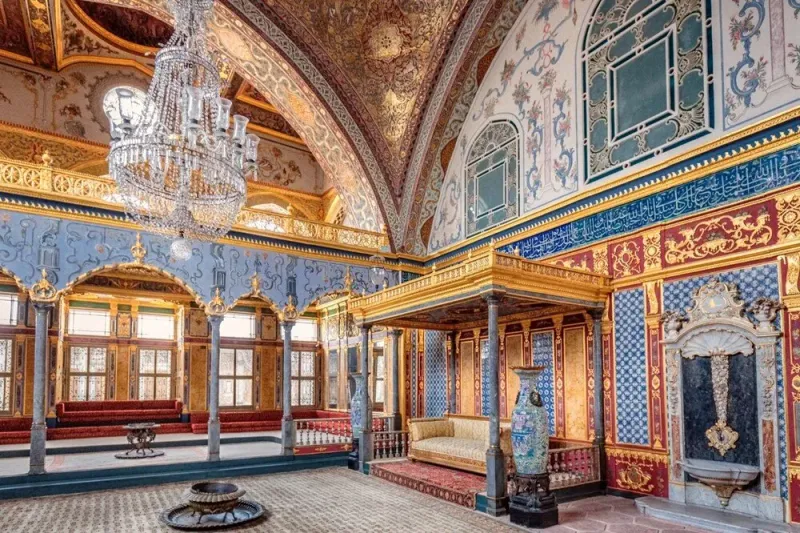
The original Sultan’s Palace in Istanbul, built in the early 15th century, was a beacon of opulence. Its grandeur was unmatched, but time led to its abandonment. Eventually replaced by Topkapi Palace, parts were dismantled and repurposed.
Though lost, its cultural significance lingers, intertwined with Istanbul’s storied past. The palace’s echoes still resonate in the city’s vibrant architecture and history.
7. Folly House (USA)
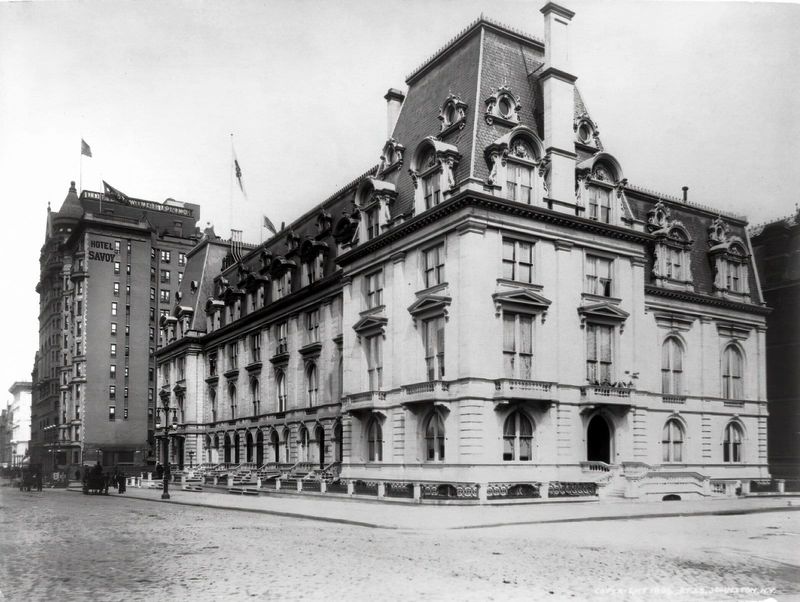
In New York’s bustling heart, Folly House stood as a testament to Victorian extravagance. Designed in the late 1800s, it dazzled with intricate woodwork and stained-glass windows.
Still, its grandeur was short-lived; demolished in the 1920s, it succumbed to change. The mansion’s ornate beauty is now gone, a casualty of time’s relentless march. Folly House remains a symbol of opulence and transformation.
8. The Palace of the Parliament (Romania)
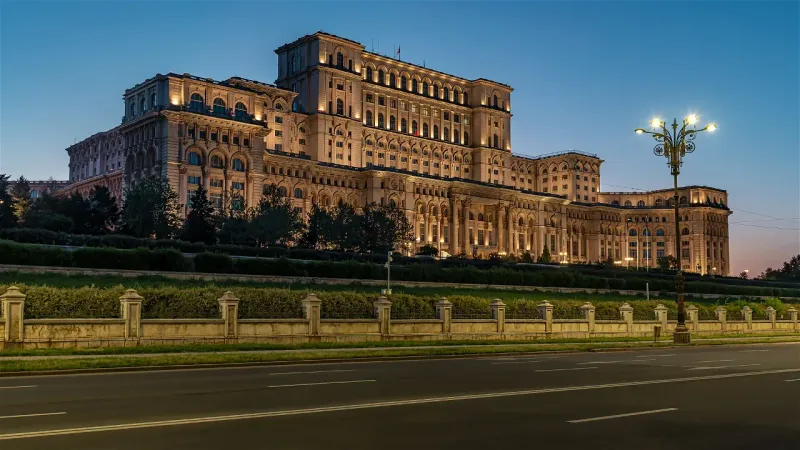
In Bucharest, the Palace of the Parliament stands as a monumental symbol of Communist ambition. Conceived under Nicolae Ceaușescu, its grand design reflects Cold War tensions. Portions were destroyed as political tides shifted, leaving a complex legacy.
Its imposing architecture dominates the skyline, a reminder of a bygone era’s ambitions and excesses. The palace is a testament to Romania’s turbulent history.
9. The St. Petersburg Winter Palace (Russia)
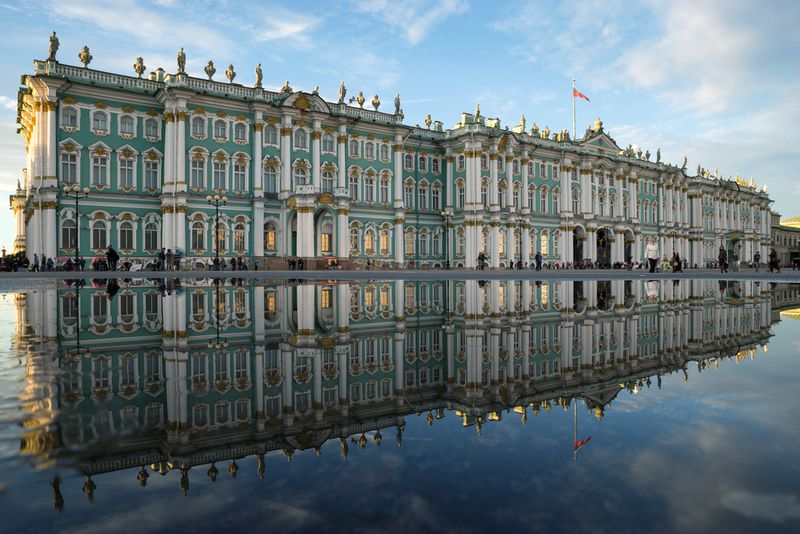
St. Petersburg’s Winter Palace, part of the Hermitage Museum, stands as a witness to history’s tumult. While it survives, its original form succumbed to the Russian Revolution and World War II. Looted and altered, its historical architecture faded into memory.
The palace endures as a cultural beacon, preserving fragments of the past. Its halls echo with stories of power, revolution, and resilience.
10. Villa San Michele (Sweden)
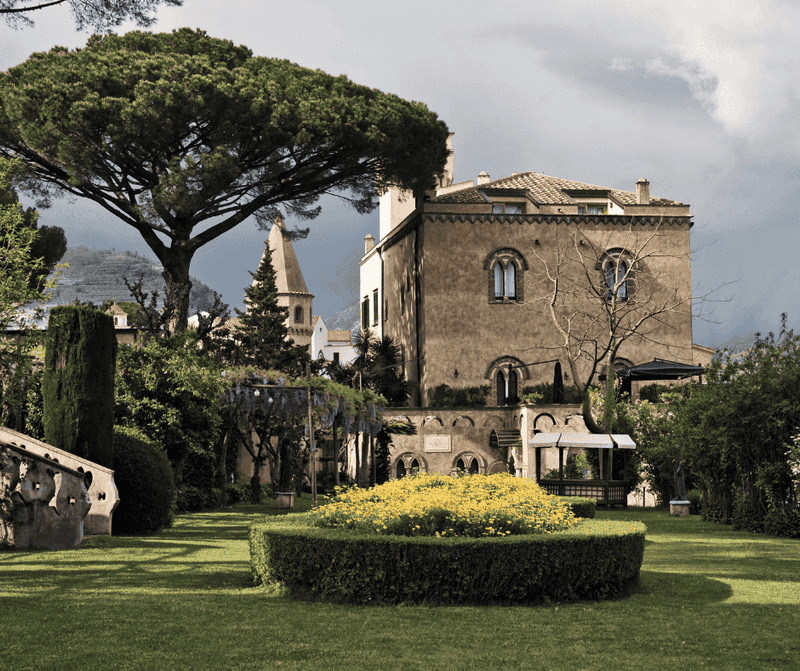
On Stockholm’s outskirts, Villa San Michele graced the landscape with Renaissance-inspired elegance. Its grandeur was renowned, yet a fire ravaged it in the early 20th century.
Never rebuilt, its ornate details and lush surroundings remain only in photographs. The villa’s loss is a reminder of the impermanence of beauty, and its memory lingers like a whisper on the Swedish breeze, a testament to lost artistry.
11. The Nymphenburg Palace Stables (Germany)
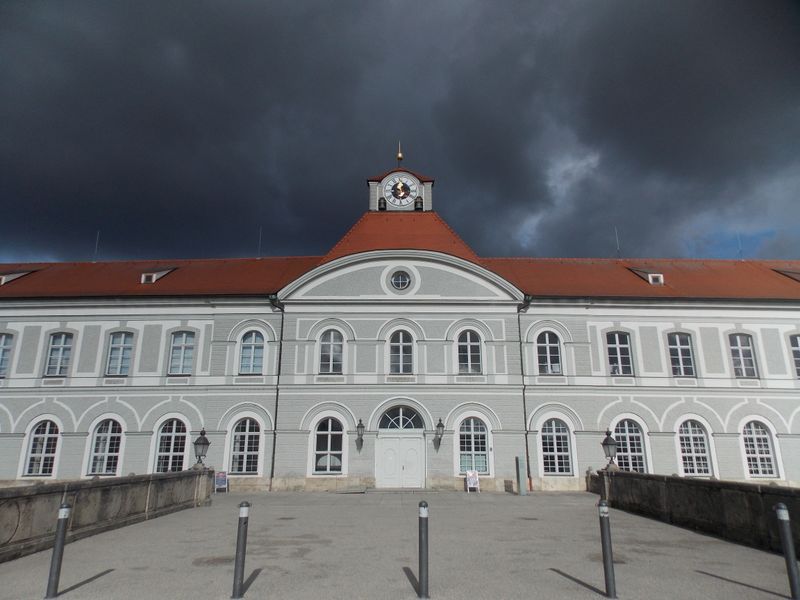
In Munich, the Nymphenburg Palace stables once complemented the majestic complex. Ornately designed, they were a testament to German craftsmanship. However, World War II’s devastation claimed them, leaving only memories.
Though the palace thrives, the stables are lost, a casualty of conflict. Their absence is felt, echoing the resilience of history’s survivors. The stables’ story is one of beauty, loss, and endurance.
12. Woolworth Mansion (USA)
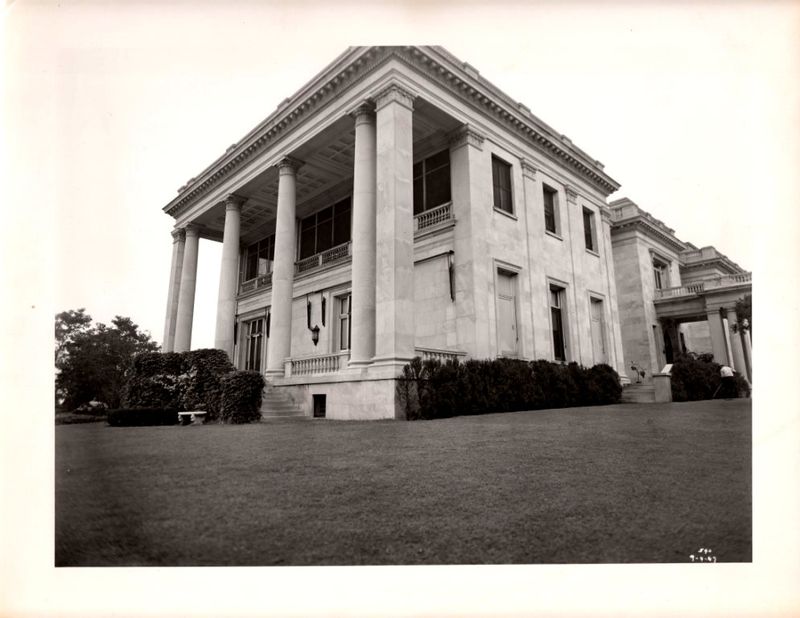
In New York, the Woolworth Mansion epitomized early 1900s elegance, crafted by the Woolworth founder. Its grand design captivated with ornate details and stately presence. The march of progress saw its demolition in the 1960s, replaced by office buildings.
This erasure of architectural history is felt keenly by those who cherish the past. The mansion’s grandeur is now a memory, whispered in urban chronicles.
13. The Erie Canal Mansion (USA)
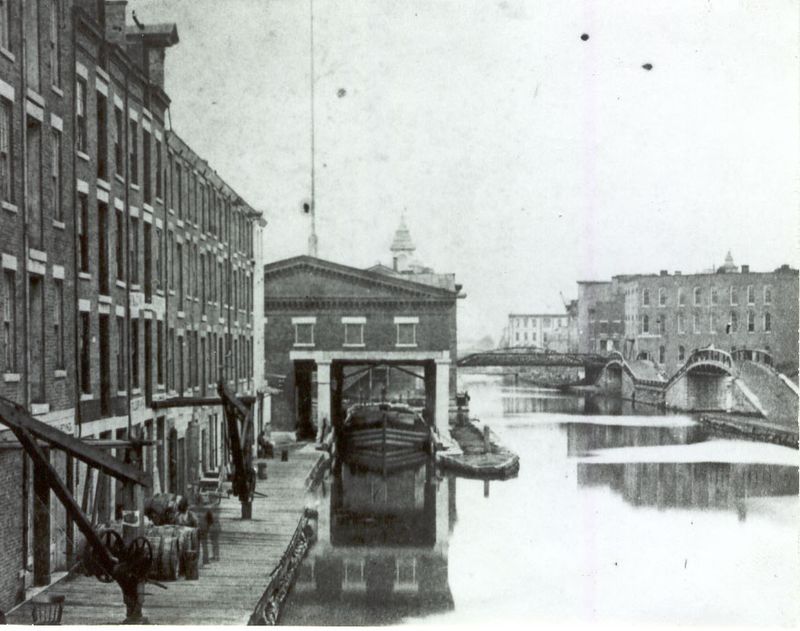
Along New York’s Erie Canal, a once-stunning estate stood as a monument to the American industrial age. Its grandeur echoed the canal’s heyday, bustling with commerce and innovation.
As the canal’s significance waned, so did the mansion. Abandoned and eventually destroyed in the 1920s, it made way for new infrastructure. Its story resonates as a testament to industry and the relentless passage of time.
14. Cadoxton House (Wales)
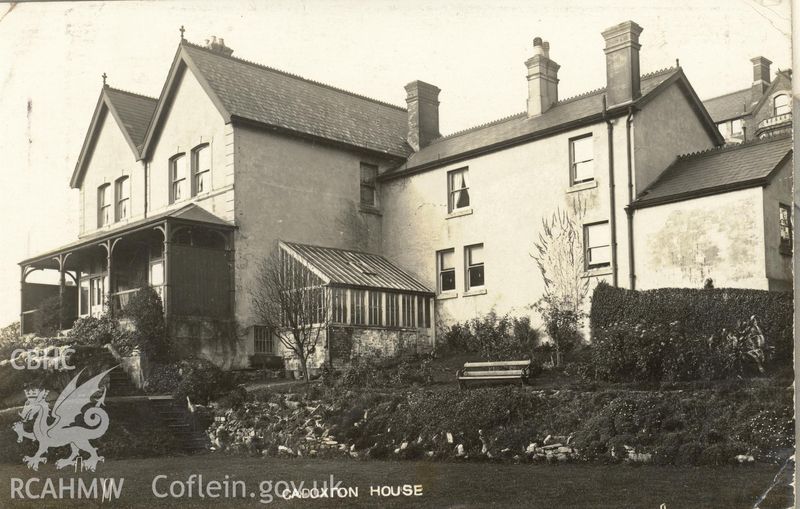
On the outskirts of Cardiff, Cadoxton House stood as a Victorian-era jewel. Its ornate gardens and intricate interiors spoke of industrial affluence. However, the march of urban development in the 1960s led to its demolition.
The mansion’s loss is a poignant reminder of the balance between progress and preservation. Its memory lingers as a bygone era’s artifact, where beauty met ambition amid Wales’s evolving landscape.
15. Sandyhook Mansion (USA)
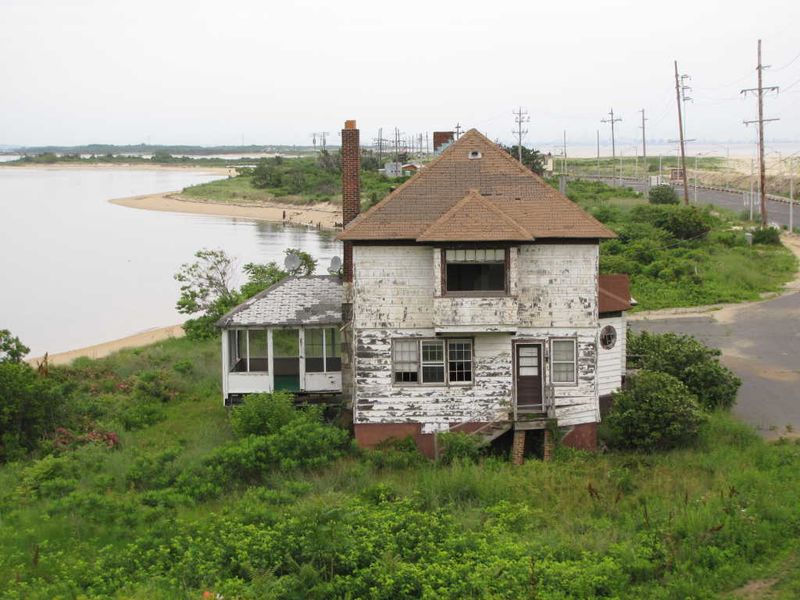
On Long Island’s serene shores, Sandyhook Mansion once stood as a beacon of early 1800s elegance. Its majestic presence captivated visitors, offering a glimpse into a bygone era. However, the Great Depression and subsequent development led to its demise.
Today, the land bears little trace of its former glory. The mansion’s story is one of beauty, economic upheaval, and transformation, whispered by the waves.
16. The Amber Palace
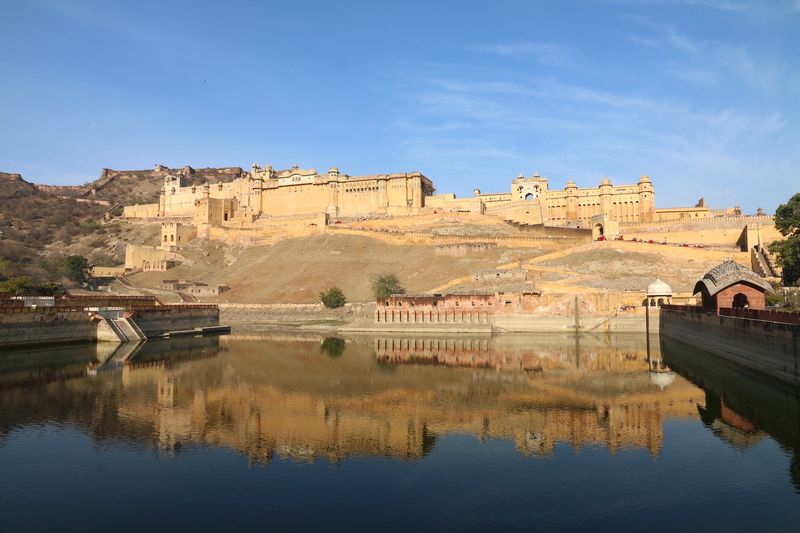
The Amber Palace stood as a testament to opulence and artistic craftsmanship. At its zenith, it dazzled with intricate amber walls, gilded decor, and lush gardens. This palace was a symbol of prosperity, drawing artists and nobility alike. In its halls, whispers of diplomatic treaties and grand celebrations echoed.
Yet, time spares none. A devastating fire consumed its elegance, leaving only ashes. Today, its grandeur is recounted through faded photographs and tales of those who once walked its corridors. Did you know? Legend speaks of a hidden amber room, never to be found again.
17. Castle of Eldoria
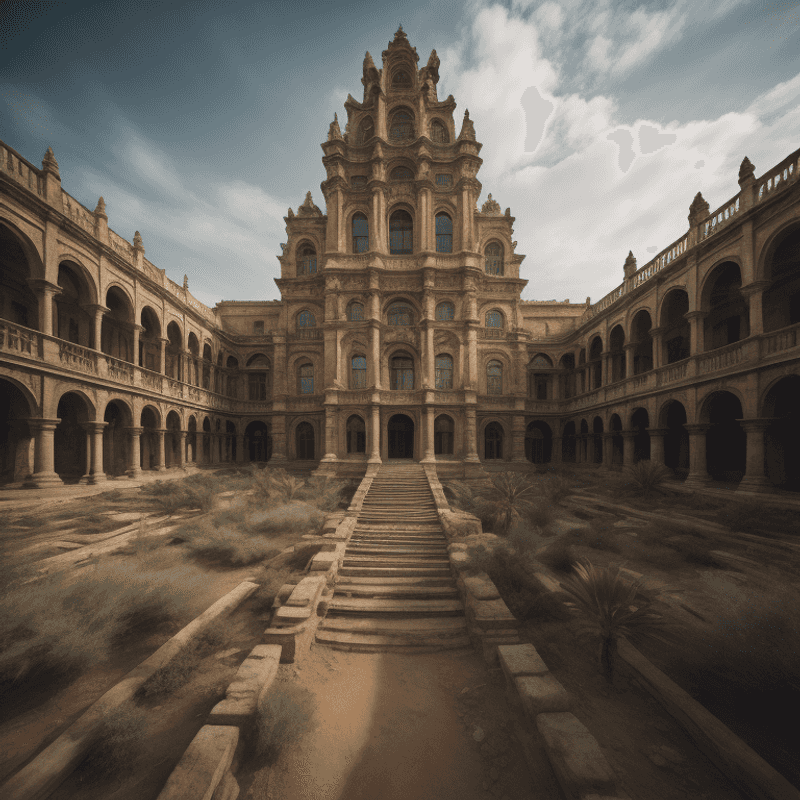
Castle of Eldoria was shrouded in mystery and legend. Nestled deep within ancient forests, its towers kissed the sky. Eldoria was a fortress of strength and solitude, where knights once pledged loyalties. Its massive stone walls spoke of battles and bravery.
However, neglect led to its decay, as nature slowly reclaimed its domain. Trees now grow where royalty once dined. A fascinating fact: Eldoria’s library was said to hold scrolls of forgotten lore, sparking imaginations even now. Today, only echoes of its past grandeur remain.

